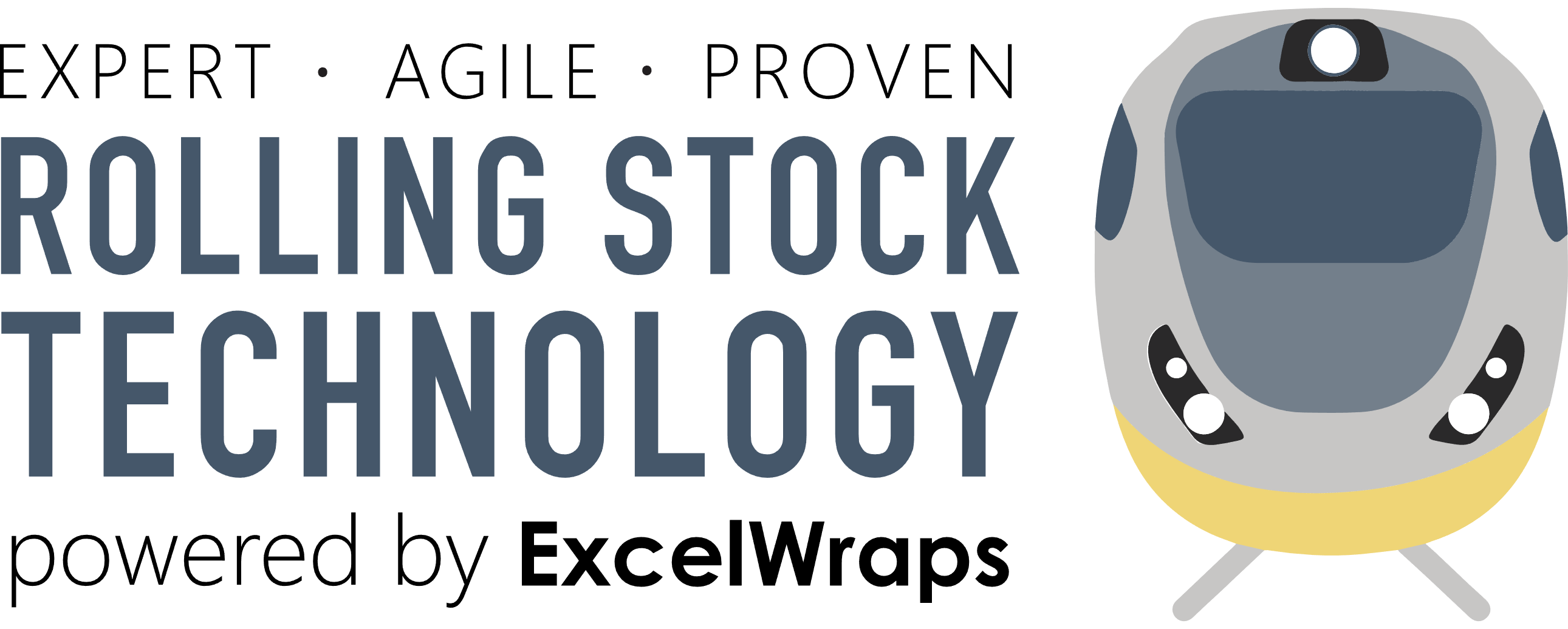Multi-Stakeholder Collaboration Example
The Challenge: Damage Incidents.
When rolling stock damage occurs, three critical stakeholders—ROSCOs, TOCs, and maintainers—are forced to make rapid decisions under intense pressure:
The Traditional Damage Response Cycle:
- Incident Occurs → Immediate service disruption and passenger impact
- Emergency Assessment → Rushed evaluation under time pressure
- Repair Method Debate → Multi-party negotiations while train is out of service
- Cost Disputes → Arguments over repair approach and responsibility
- Delayed Resolution → Extended downtime while stakeholders negotiate
Real-World Impact:
- Extended Downtime - Average 48-72 hours negotiation time before repair authorisation
- Cost Unpredictability - Emergency repairs cost 150-300% more than planned work
- Relationship Strain - Adversarial negotiations damage long-term partnerships
The SmartFleet Solution: Pre-Agreed Repair Standards Through Collaborative Documentation
Rather than negotiate repair methods during crisis situations, SmartFleet's Multi-Stakeholder Documentation solution enables all parties to develop comprehensive repair standards during calm, structured discussions. Using ExcelWraps' platform, stakeholders collaborate through structured workflows to develop, review, and approve standardised repair methodologies that become the operational foundation for all future damage incidents.
Three-Stage Collaborative Development
STAGE 1: RAISE - Documentation Gathering 20-step comprehensive workflow ensuring complete technical and commercial information:
- Detailed damage descriptions and repair procedures
- Safety assessments and compliance documentation
- Complete cost breakdowns (parts, labour, testing)
- Quality acceptance criteria and warranty terms
- Alternative approach comparisons
STAGE 2: REMEDIATE - Expert Technical Review 28-step validation process providing systematic quality assurance:
- Technical approach soundness verification
- Safety consideration adequacy assessment
- Standards compliance confirmation
- Cost realism and practical implementability
- Risk identification and mitigation planning
STAGE 3: APPROVE - Multi-Party Authorisation 35-step approval gateway ensuring complete stakeholder agreement:
- ROSCO asset protection and residual value impact
- TOC operational continuity and passenger service
- Maintainer practical execution and resource planning
- Integration with Class 799 Damage Repair Standard
- Automatic inclusion in audit comment banks
Continuous Improvement Process: Unlike traditional static documents, the CheckIt system enables ongoing refinement of repair methods based on operational experience, new technologies, and changing regulatory requirements.
Transformational Results: From Crisis Management to Operational Excellence
Key Performance Metrics:
- 280+ Pre-Agreed Repair Methods
- 0 hours Negotiation Time During Incidents
- 100% Cost Predictability
- 65% Reduction in Repair Authorisation Time
Strategic Benefits Achieved:
Immediate Response Damage incidents trigger pre-approved repair procedures with no stakeholder negotiation required
Fixed Costs Pre-validated cost estimates eliminate budget surprises and commercial disputes
Quality Assurance Standardised methodologies ensure consistent repair quality across all damage types
Partnership Strengthening Collaborative development process builds trust and understanding between stakeholders
Data-Driven Evolution Continuous refinement based on operational experience and performance metrics
Seamless Integration Automatic population of damage audit comment banks ensures operational consistency
Technical Innovation: Beyond Traditional Documentation
The Class 799 solution demonstrates SmartFleet's advanced multi-stakeholder capabilities:
Digital-First Architecture Cloud-based platform enabling real-time collaboration, version control, and instant access to approved standards from any location.
Visual Documentation ImageGrid technology allows stakeholders to map repair methods to specific component locations, creating intuitive visual guides for maintenance teams.
Automated Integration Approved repair methods automatically populate operational systems, eliminating manual transfer and ensuring consistency across all damage management processes.
Implementation Success Factors
Executive Commitment Senior leadership from all three stakeholder organisations committed to collaborative approach
Structured Methodology CheckIt workflows ensured comprehensive documentation and systematic review processes
Clear Governance Defined roles, responsibilities, and approval authorities eliminated decision-making confusion
Practical Focus Emphasis on implementable solutions rather than theoretical perfect answers
Technology Integration Seamless connection between development process and operational systems
Lessons Learned: Key Insights for Future Multi-Stakeholder Projects
Start with High-Impact Items Focus initial efforts on most common and costly damage scenarios for quick wins
Invest in Training Comprehensive stakeholder training on CheckIt workflows essential for adoption
Maintain Momentum Regular review cycles prevent standards from becoming outdated
Celebrate Success Recognition of collaborative achievements reinforces positive stakeholder relationships
Plan for Scale Design processes that can handle increasing numbers of repair methods and complexity
The Broader Impact: Scalable Methodology for Railway Industry
The Class 799 Damage Repair Standards project demonstrates how SmartFleet's Multi-Stakeholder Documentation solution can transform any complex collaborative process in the railway industry:
- Fleet Introduction Standards - Standardising new train acceptance procedures
- Modification Protocols - Pre-agreeing engineering change methodologies
- Compliance Procedures - Harmonising regulatory compliance approaches
- Maintenance Standards - Aligning preventive maintenance methodologies
- Safety Protocols - Coordinating emergency response procedures
Next Steps: Expanding the Model
Following the Class 799 project, the stakeholders are now developing:
Fleet-Wide Application Extending repair standards to other rolling stock classes in the fleet
Advanced Analytics Using repair method performance data to optimise maintenance strategies
Supplier Integration Including component suppliers in repair method development process
International Standards Sharing methodology with European rail operators for industry-wide adoption
AI Enhancement Exploring machine learning applications for repair method optimisation
Transform Your Multi-Stakeholder Processes
The Class 799 Damage Repair Standards project demonstrates how SmartFleet's Multi-Stakeholder Documentation solution can transform any complex collaborative process in the railway industry.
Ready to eliminate crisis negotiations and build proactive stakeholder agreements?
